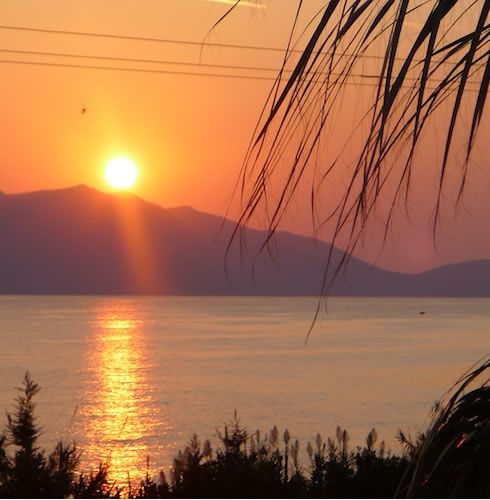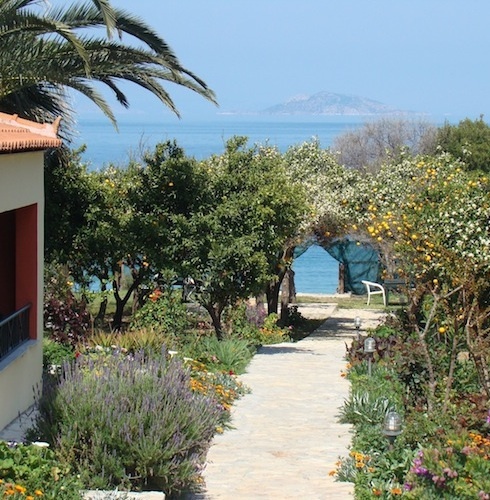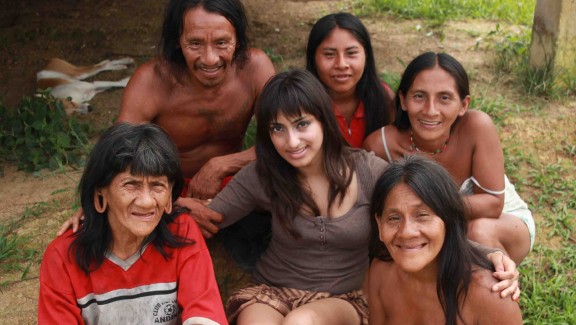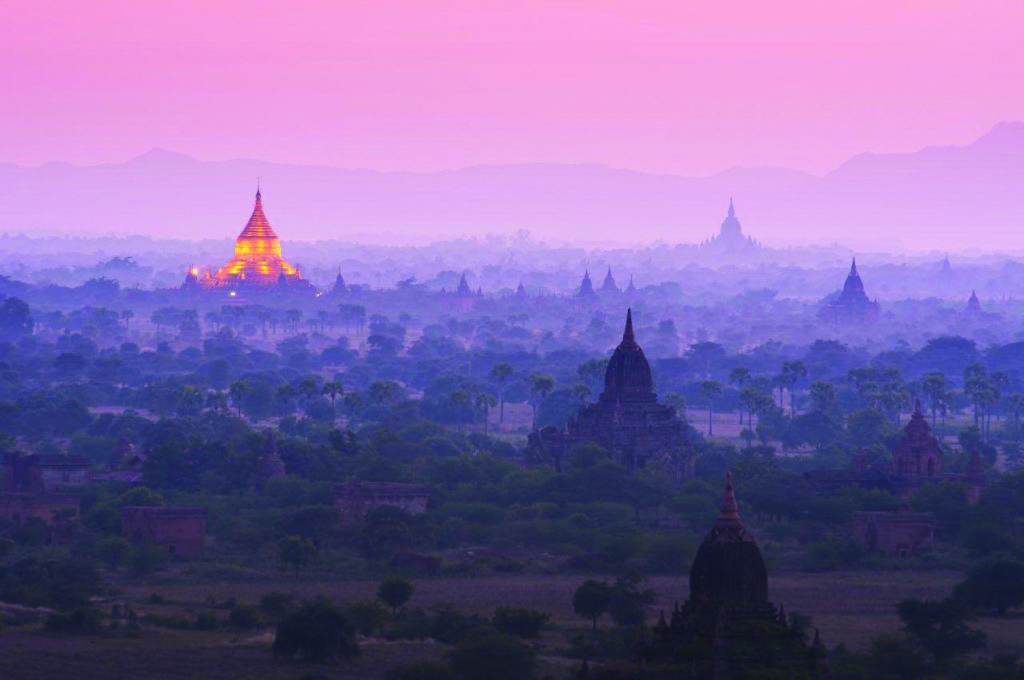Hal Swindall is currently teaching and researching in Korea, and in his time off he likes to explore the local nature spots. Here he shares his most recent find:
Situated near the town of Changnyeong in southeastern South Korea, the Upo Wetlands (upo neup in Korean) is an out-of-the-way place not visited by many Western travellers, which makes a stop there all the more rewarding. Korea’s largest inland wetlands, it is roughly 80 km from Daegu, capital of Gyeongsangbuk Province to its northeast, and Busan, capital of Gyeongsangnam Province, 150 km to its southeast. Thus, it makes for a comfortable day trip out of either.
The Upo Wetlands consists of four marshy expanses. The total area comprises 8.54 km2, of which 2.313 km2 is the surface of the water. Of these four areas, Upo in the center is the largest, with Sajipo to its east, Mokpo to its north and Jjokjibeol to its west. They are clustered together just east of the Nakdong River, to which some scientists believe they were connected when they formed 6,000 years ago; other scientists, however, believe they are 140 million years old! Whatever their true age, they are beautiful in all seasons: numerous trails run along their banks, most of which can be explored on a rented bike as well as on foot. Either way, a visitor can spend a few hours around and among them.
These wetlands are an ideal spot for nature lovers and anyone interested in ecology, because since 1962 they have been officially designated as a nature zone under some name or other; they finally became registered with the Ramsar Convention, an organization committed to protecting waterfowl habitats around the world, in 1998. More than anything else, Upo is a birdwatcher’s paradise: resident species include turtle doves and magpies, while birds from as far away as Australia and Siberia spend various seasons there. For example, the crested ibis, Eurasian spoonbill and whooping swan all arrive in winter, while the black-crowned night heron, great egret and grey heron come in the summer. Additionally, species such as the common snipe, greenshank and green sandpiper all pass through.
During their stay in the wetlands, the birds become part of its ecosystem by feeding on the many species of aquatic plants that thrive in and around the water. In addition to these plants, the wetlands are home to an abundance of fish, snails and insects, which are also food for the birds. Thus, the Upo Wetlands area as a whole forms its own interdependent and self-sustaining chain of life, from the bacteria in the silt at the bottom of the water to the insects and birds in the tree tops.
All of this wildlife exists under beneficent human stewardship, principally that of the Korean Federation for Environmental Movement ). The Upo Wetland Ecology Center itself has a website at www.upo.or.kr. You can also see www.birdskorea.org.
You can get to the Upo Wetlands by taking a bus to Changnyeong, a county seat in northwestern Gyeongsangnam Province. This only takes 40 minutes from Daegu’s Seobu Bus Terminal on subway line 1 at Songdangmot station, exit 3; there are 19 departures daily. From Busan, a 75-minute ride is needed from Seobu Bus Terminal, which is on subway line 2, Sasang station exit 5; there are 29 departures daily. (There are even buses from Seoul’s Nambu Bus Terminal and Incheon International Airport, but there are only a few departures daily and the ride takes over four hours). When you arrive at Changnyeong’s bus station, you can either go to nearby Yeongsin bus station or take a taxi to Upo. For the former, just take a right out of the station’s main entrance and go up the street less than 100 meters; unhappily, however, there are only five buses a day to the wetlands, at 0650, 0940, 1330, 1500 and 1800. It is thus more likely that you will need a cab, but if you take one make sure that the driver turns on the meter and does not ask for 10,000 won. A taxi ride takes only about 10 minutes, while a bus is 20.
All in all, the Upo Wetlands is a charming place to visit, and one of the most quiet and peaceful in an otherwise hectic country. Since Changnyeong County has a number of other attractions, including historical sites and Bugok Hot Springs, an off-the-tourist-track traveler could spend a couple of days there. Visitors can expect to take away a pleasant memory.








